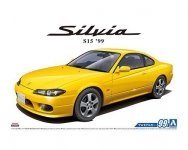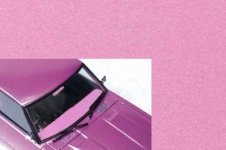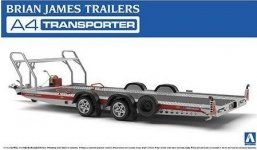-
Załączniki bezpieczeństwa
Załczniki do produktuZałączniki dotyczące bezpieczeństwa produktu zawierają informacje o opakowaniu produktu i mogą dostarczać kluczowych informacji dotyczących bezpieczeństwa konkretnego produktu
-
Informacje o producencie
Informacje o producencieInformacje dotyczące produktu obejmują adres i powiązane dane producenta produktu.Aoshima
-
Osoba odpowiedzialna w UE
Osoba odpowiedzialna w UEPodmiot gospodarczy z siedzibą w UE zapewniający zgodność produktu z wymaganymi przepisami.
Aoshima 05148 Honda Beat PP1 1/24
Plastikowy model samochodu do sklejania. Zestaw nie zawiera kleju ani farb.
Honda Beat to dwumiejscowy roadster kei z napędem na tylne koła i średnim silnikiem. Honda Beat to dwumiejscowy roadster kei z napędem na tylne koła i średnim silnikiem, produkowany od maja 1991 do lutego 1996 roku. Beat był ostatnim samochodem, który został zatwierdzony przez Soichiro Hondę przed jego śmiercią w 1991 roku. Całkowita liczba wyprodukowanych samochodów wyniosła około 33 600 sztuk. Większość produkcji (około dwie trzecie) miała miejsce w pierwszym roku, a następnie produkcja i sprzedaż drastycznie spadła. Projekt samochodu pochodził od Pininfariny, który następnie sprzedał plan projektu Hondzie. Beat był jednym z wielu samochodów zaprojektowanych w celu skorzystania z japońskiej klasy kei car, która jest efektywna podatkowo. Istniały dwa podstawowe modele modelu Beat (PP1-100 i PP1-110) oraz kilka wersji limitowanych. Wariacje na temat pierwszego modelu były tylko kosmetycznymi aktualizacjami. Tylko drugi model posiadał jakiekolwiek realne różnice mechaniczne. Wszystkie samochody były oferowane z opcją poduszki powietrznej po stronie kierowcy. Samochód był sprzedawany wyłącznie w Japonii w kanałach sprzedaży dealerów Honda Primo.
W typowym dla Hondy stylu, silnik modelu Beat nie był wyposażony w turbosprężarkę lub doładowanie. Silnik o pojemności 656 cm3 (40,0 cu in) został zmodyfikowany za pomocą systemu MTREC (Multi Throttle Responsive Engine Control), z indywidualnymi przepustnicami dla każdego z trzech cylindrów, aby produkować 64 PS (63 KM) przy 8100 obr/min i elektronicznie ograniczoną prędkość maksymalną 135 km/h (84 mph). Dostępna była tylko manualna skrzynia biegów. Konstrukcja MTREC została wykorzystana w modelu Honda Today kei z 1993 roku.
The Honda Beat is a rear wheel drive, mid-engined two-seat roadster kei car produced from May 1991 to February 1996. The Beat was the last car to be approved by Soichiro Honda before he died in 1991. The total number of cars produced was around 33,600. Most of the production (around two-thirds) occurred in the first year, and then production and sales fell drastically. The design of the car originated from Pininfarina, who then sold the design plan to Honda. The Beat was one of many cars designed to take advantage of Japan's tax-efficient kei car class. There were two mainstream models of the Beat (the PP1–100 and the PP1–110) and a couple of limited edition versions. Variations on the first model were just cosmetic updates. Only the second model had any real mechanical differences. All cars were offered with the option of a driver's side airbag. The car was sold exclusively in Japan at Honda Primo dealership sales channels.
In typical Honda fashion, the Beat's engine did not utilize a turbocharger or supercharger. The 656 cc (40.0 cu in) engine was modified with the MTREC (Multi Throttle Responsive Engine Control) system, with individual throttle bodies for each of the three cylinders, to produce 64 PS (63 bhp) at 8100 rpm with an electronically limited top speed of 135 km/h (84 mph). Only a manual transmission was available. The MTREC design would filter down to the 1993 Honda Today kei car.
A yellow car with the trunk open, revealing a relatively small storage area. The relatively limited rear trunk of the Beat. The Beat was part of a wave of kei car-sized sports cars in the early 1990s; its competitors included the Suzuki Cappuccino and Mazda's Autozam AZ-1. Together they anticipated the arrival of the Smart Roadster over a decade later, while Japan would not see a new model of the genre until the 2002 Daihatsu Copen. On May 9, 2010, a parade was held in the Twin Ring Motegi circuit as a part of an annual Beat owners meeting. 569 Honda Beats participated in the parade, which is certified by Guinness World Records as the largest parade of Honda cars. The record was shown in the 2011 edition of Guinness World Records.
















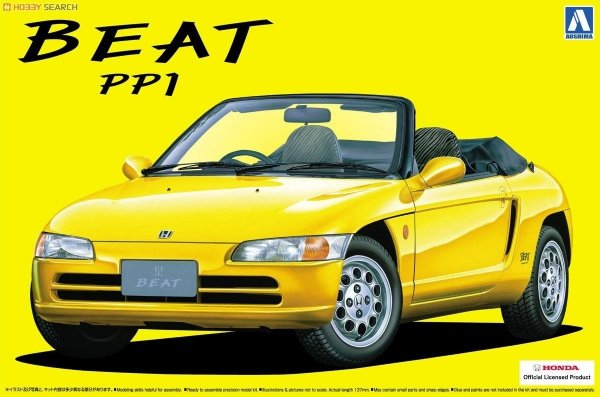
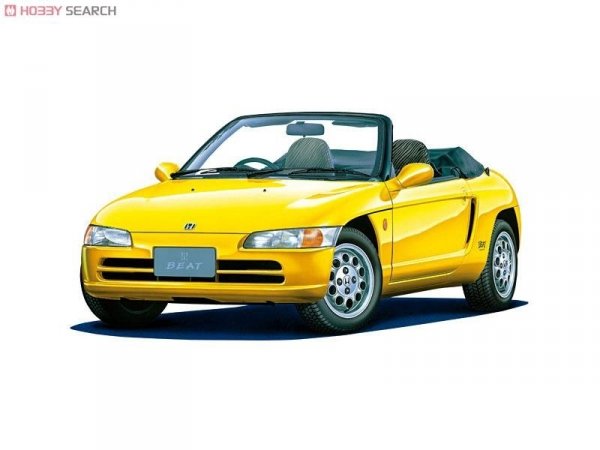
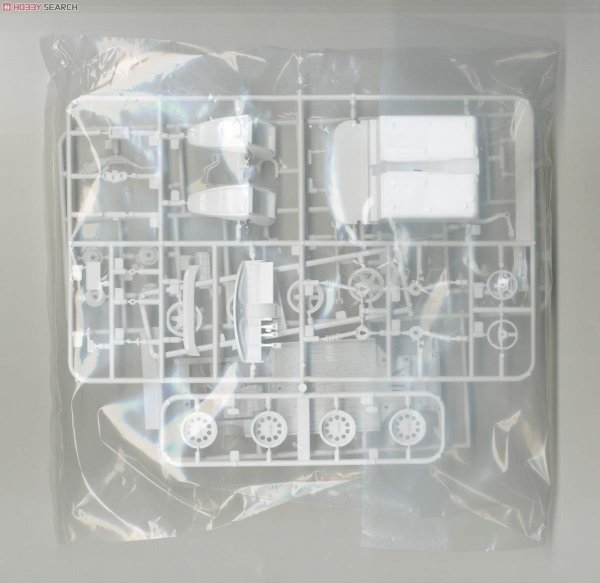
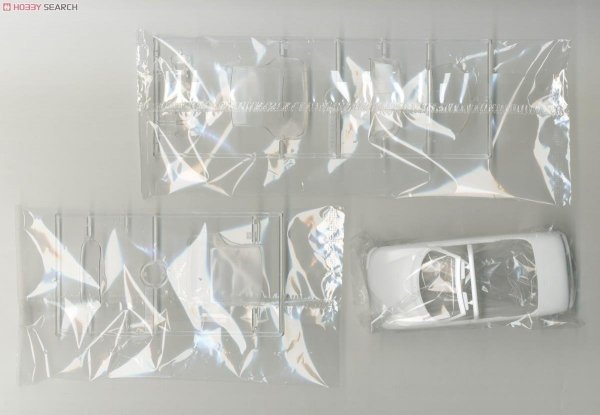
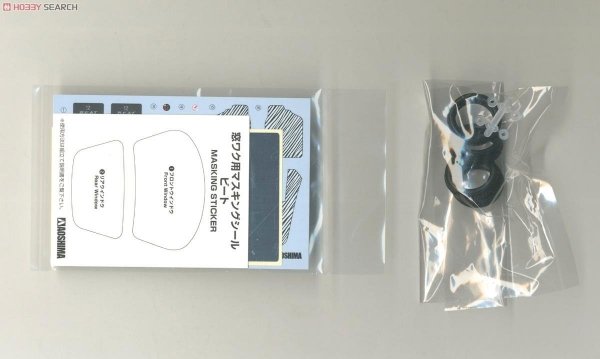
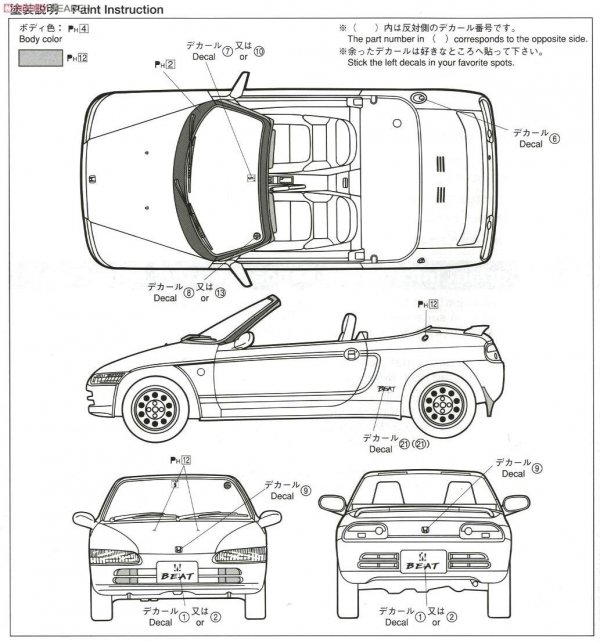

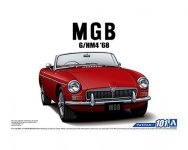
 1 szt.
1 szt.